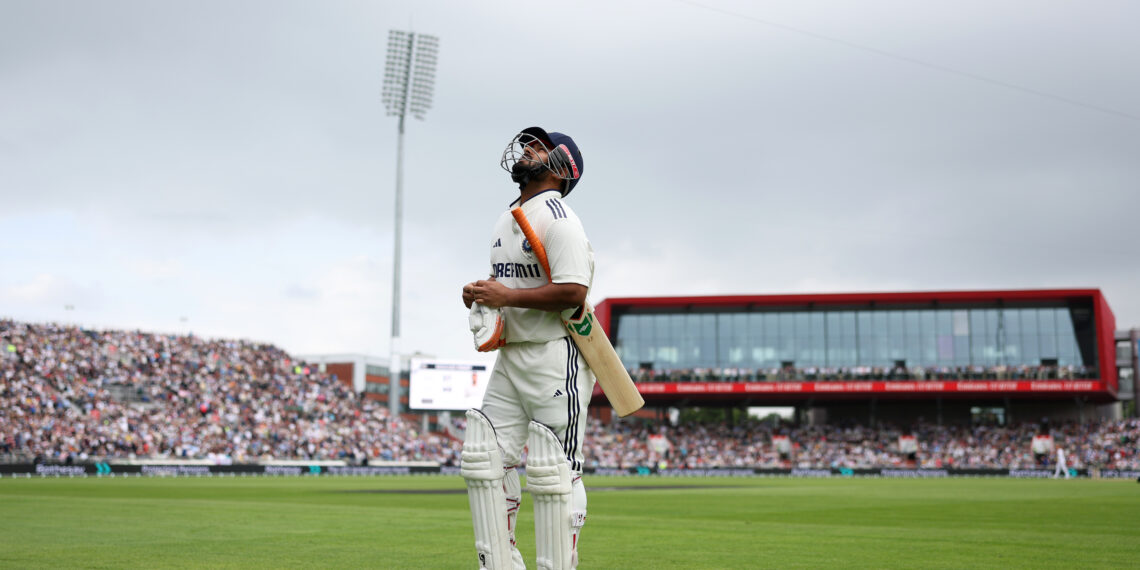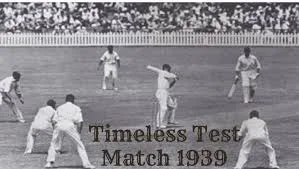When courage meets cricket, stories of legendary proportions are born. Rishabh Pant’s unwavering determination during the ongoing England vs India Test series exemplifies the spirit that separates good players from great ones. Despite suffering a painful finger injury at Lord’s, India’s dynamic wicketkeeper-batsman declared his readiness to continue playing, embodying the never-say-die attitude that has made him a fan favorite worldwide.
Table of Contents
The Lord’s Injury: A Test of Character
Pant took a blow to the tip of his left index finger while attempting to stop a wide delivery during the Lord’s Test, creating immediate concerns about his availability for the remainder of the series. The injury occurred during England’s first innings, forcing India to reassess their plans as Dhruv Jurel had taken over the gloves in the first innings of the Lord’s Test after Rishabh Pant had sustained a finger injury.
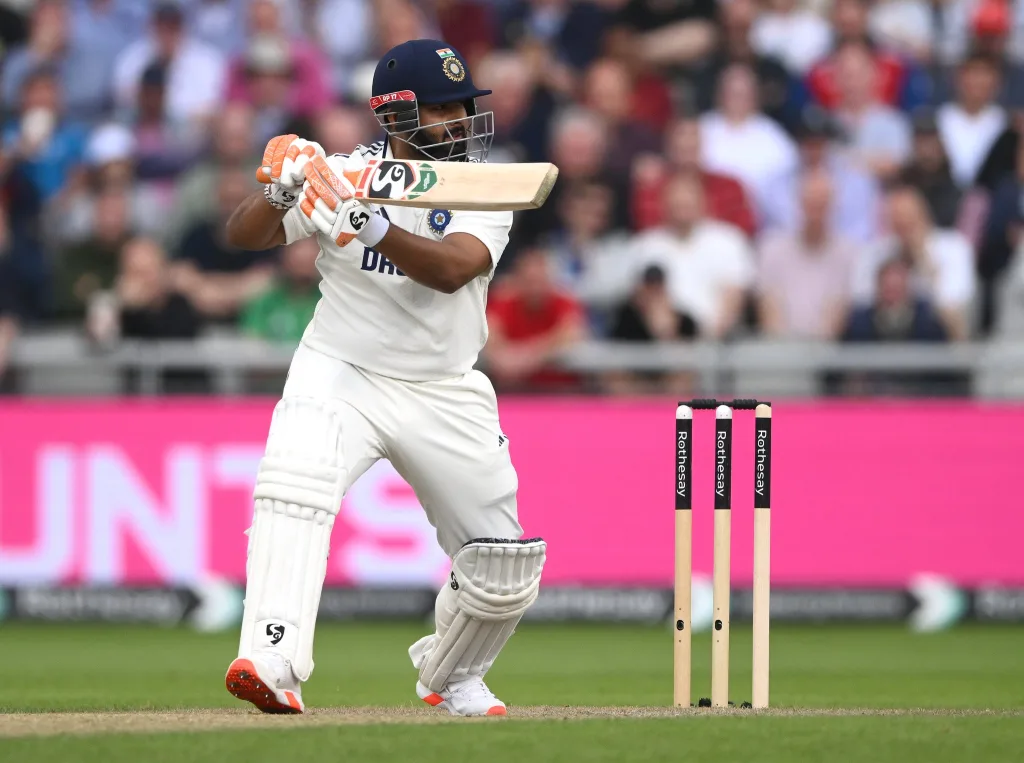
Despite the visible discomfort and medical uncertainty surrounding the extent of the damage, Pant’s response to former India coach Ravi Shastri revealed the depth of his commitment to the team. Speaking about Pant’s resilience, Shastri said, “Before the Test I asked him ‘how is the finger, tuta toh nahi hai’ and he replied ‘tuta bhi hota toh khelta’” – a conversation that perfectly encapsulates the mindset of a true warrior.
The Manchester Challenge: Playing Through Pain
The England vs India 4th Test at Old Trafford presented a different set of challenges for Rishabh Pant. With his finger injury still a concern, the wicketkeeper-batsman faced a crucial decision – risk further damage or prioritize team needs. However, he showed resilience by coming out to bat later and playing a vital role in taking the match into the final day during the Lord’s Test, setting the stage for his Manchester appearance.
Unfortunately, Manchester brought fresh injury concerns for the Delhi Capitals star. This is the second injury he has sustained in as many Test matches, following a blow on his left index finger while keeping in England’s first innings at Lord’s. The newest setback involved a foot injury that occurred during his batting stint, adding another layer of complexity to India’s team selection dilemmas.
Ravi Shastri’s Tactical Concerns
The former India head coach expressed mixed feelings about Pant’s participation in the England vs India 4th Test. While admiring the player’s courage, Shastri explained that playing Pant only as a batter could worsen his finger injury. His reasoning centered on the practical challenges of fielding with an injured finger, suggesting that “I don’t think he should go in as a specialist batter if he can’t keep. He’ll have to field, and if he fields, that’ll be worse. With the gloves, at least there’s some protection“.

This tactical dilemma highlighted the complexity of managing injured players in Test cricket, where every position demands physical commitment and mental sharpness.
The Ripple Effect: Team Dynamics and Selections
Rishabh Pant’s injury concerns created a domino effect throughout India’s team structure. The Rajasthan Royals (RR) keeper had taken over the gloves in the first innings of the Lord’s Test after Rishabh Pant had sustained a finger injury, with Dhruv Jurel stepping into the spotlight as the replacement wicketkeeper.
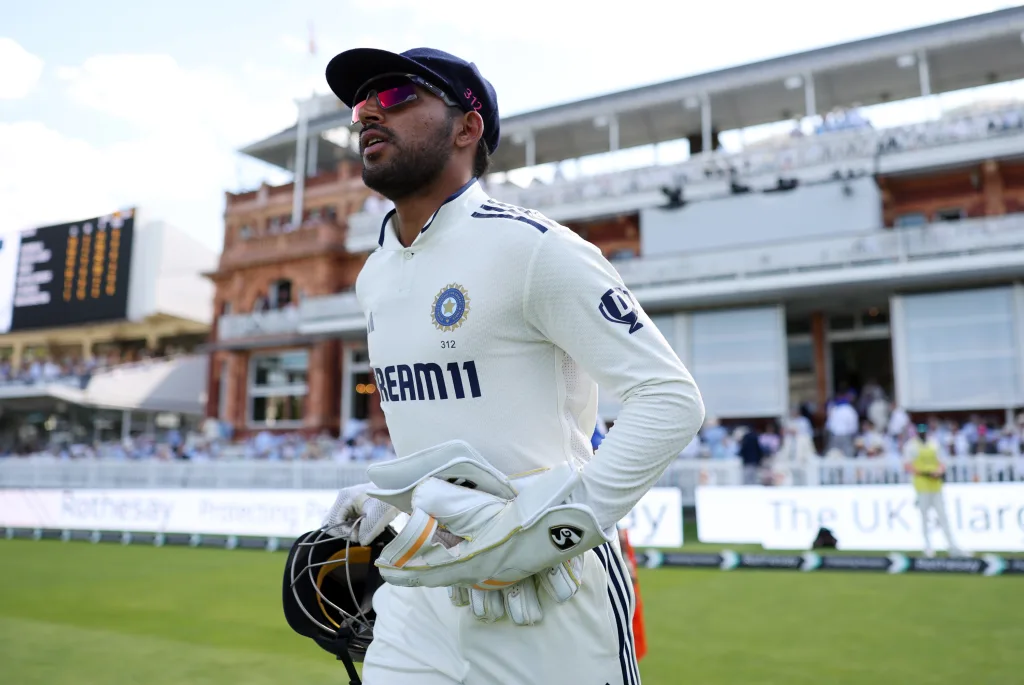
The pressure on Jurel was immense, especially considering that his glovework had come under the scanner after India conceded 32 extras in England’s total. This situation perfectly illustrated how one player’s injury can dramatically alter team dynamics and performance standards.
Performance Analysis: Pant’s Impact Despite Adversity
Despite battling through pain, Rishabh Pant continued to contribute meaningfully to India’s cause. Pant’s innings of 37 off 48 balls was largely restrained in the Manchester Test, showing his ability to adapt his naturally aggressive style to accommodate physical limitations.
The statistics from his injury-affected performances demonstrate remarkable mental fortitude:
| Match | Venue | Injury Status | Batting Performance | Keeping Performance |
|---|---|---|---|---|
| 3rd Test | Lord’s | Finger injury during England’s 1st innings | Batted with injury in 2nd innings | Replaced by Dhruv Jurel |
| 4th Test | Old Trafford | Finger injury + New foot injury | 37 off 48 balls before retiring hurt | Did not keep wickets |
Medical Updates and Recovery Timeline
The England vs India 4th Test brought concerning news about Pant’s physical condition. Despite a toe fracture, BCCI confirms Rishabh Pant may bat if needed in the 4th Test against England, indicating the severity of his latest injury while simultaneously highlighting his importance to the team’s plans.
Medical assessments revealed the extent of the damage, with Pant suffering a foot fracture and being set to miss the remainder of the series. This development significantly altered India’s strategy for the remaining matches and raised questions about long-term player welfare.
The Broader Impact: Leadership and Inspiration
Rishabh Pant’s approach to playing through injuries extends beyond personal achievement to team inspiration. His willingness to continue despite obvious physical discomfort sends a powerful message about commitment and professionalism. The conversation with Ravi Shastri, where he declared he would play even with a broken finger, became a rallying cry for the entire squad.
This attitude reflects the traditional values of Test cricket, where players are expected to endure hardship for the greater good of their team. Pant’s actions during the England vs India 4th Test series will likely be remembered as defining moments in his career, regardless of the statistical outcomes.
Strategic Implications for Future Matches
The injury situation surrounding Rishabh Pant has forced India’s team management to develop contingency plans and backup strategies. The experience gained by Dhruv Jurel as a replacement wicketkeeper, while challenging, provides valuable depth to India’s squad composition.
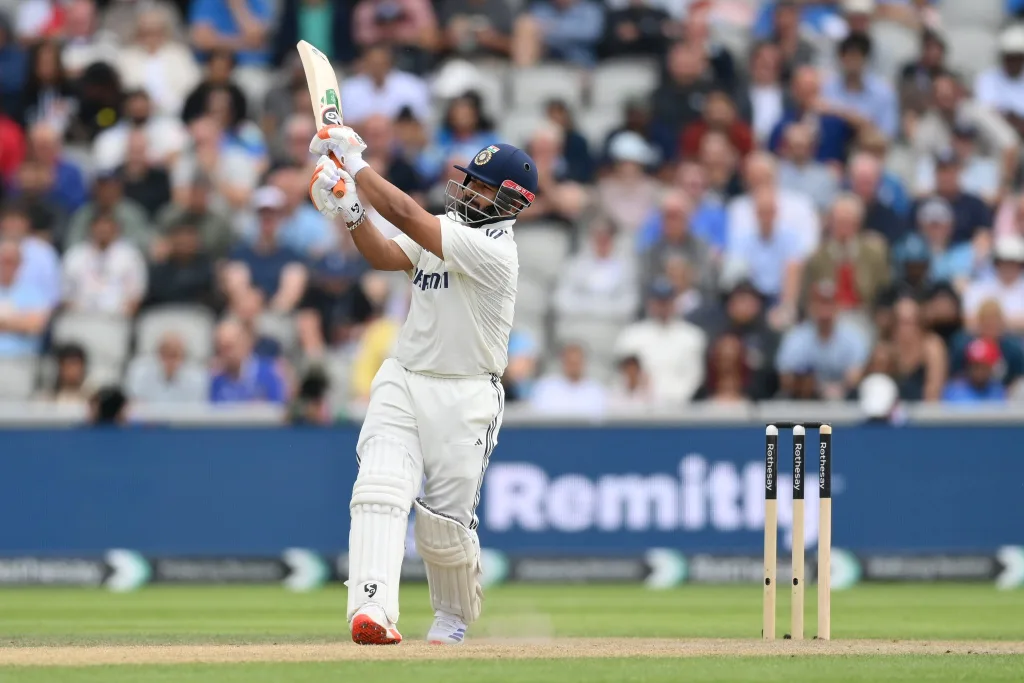
Looking ahead, the team’s medical staff will need to carefully balance Pant’s long-term health with immediate competitive needs. The England vs India 4th Test series has highlighted the importance of maintaining player fitness and having reliable backup options in crucial positions.
Fan Reactions and Media Coverage
The cricket community’s response to Rishabh Pant’s injury saga has been overwhelmingly supportive. Fans appreciate his warrior-like mentality and willingness to put team success above personal comfort. Social media platforms have been flooded with messages of encouragement and admiration for his courage.
Media coverage has focused on the ethical dimensions of playing injured cricketers, with many experts praising Pant’s attitude while also calling for better player protection protocols. The England vs India 4th Test has sparked important conversations about the balance between competitive spirit and player welfare.
Comparative Analysis: Injuries in Test Cricket History
Rishabh Pant’s determination to play through injuries places him in distinguished company among cricket’s most courageous performers. History is filled with examples of players who overcame physical adversity to deliver memorable performances, and Pant’s actions during this series add another chapter to that legacy.
| Player | Year | Injury | Match Situation | Outcome |
|---|---|---|---|---|
| Anil Kumble | 2002 | Broken jaw | vs West Indies | Bowled with bandaged face |
| Rahul Dravid | 2004 | Multiple injuries | vs Australia | Played through pain consistently |
| Rishabh Pant | 2025 | Finger + Foot injuries | vs England | Continued batting despite fractures |
Technical Adjustments and Playing Style
The injuries forced Rishabh Pant to modify his naturally aggressive batting approach, demonstrating his tactical intelligence and adaptability. His restrained innings in Manchester showed a mature understanding of when to curb his instincts for the team’s benefit.
The technical challenges of wicketkeeping with an injured finger would have been substantial, explaining the decision to use Dhruv Jurel as a replacement. This situation highlighted the specialized skills required for different cricket positions and the difficulty of maintaining performance standards while managing physical limitations.
A Testament to Cricket’s Spirit
Rishabh Pant’s journey through the England vs India 4th Test series, marked by injuries and unwavering determination, exemplifies everything that makes Test cricket special. His declaration to Ravi Shastri about playing even with a broken finger will be remembered as a defining moment that captures the essence of competitive sport.
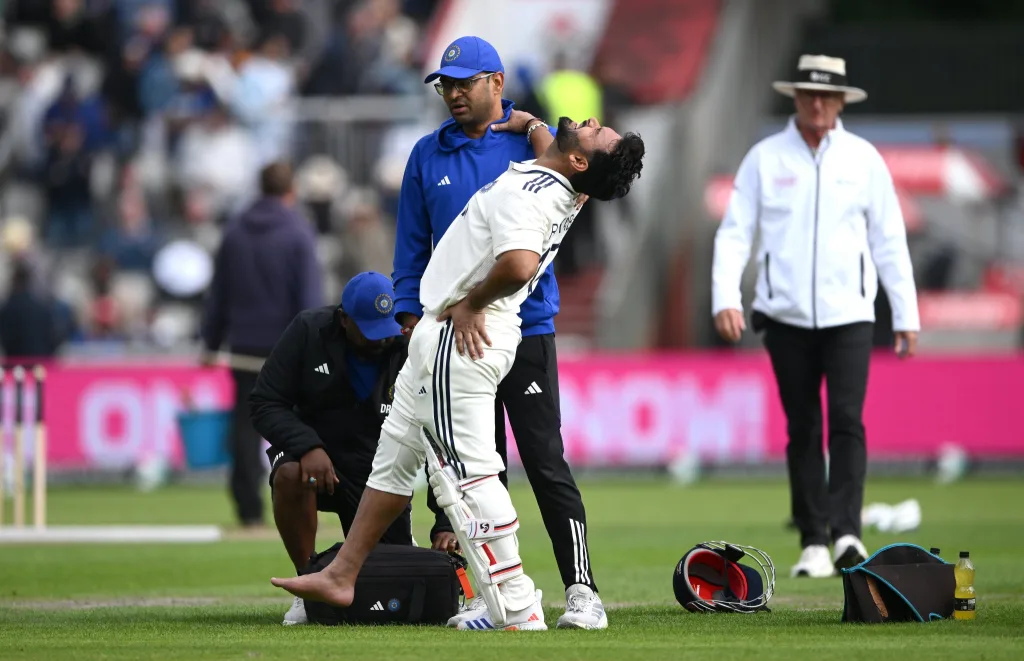
While injuries may have limited his physical contributions, Pant’s mental strength and leadership qualities shone brighter than ever. The England vs India 4th Test series has provided cricket fans with yet another reason to admire one of the game’s most exciting talents, proving that true champions are defined not just by their successes, but by how they handle adversity.
FAQs
What injury did Rishabh Pant suffer during the Lord’s Test?
Rishabh Pant suffered a blow to the tip of his left index finger while attempting to stop a wide delivery during England’s first innings at Lord’s. The injury forced him to be replaced by Dhruv Jurel behind the wickets.
What did Rishabh Pant tell Ravi Shastri about his finger injury?
When Ravi Shastri asked Pant about his finger injury before the 4th Test, saying “tuta toh nahi hai” (it’s not broken, is it?), Pant replied “tuta bhi hota toh khelta” (even if it was broken, I would still play).
Why did Ravi Shastri oppose Pant playing as a specialist batsman in Manchester?
Shastri believed that playing Pant only as a batsman could worsen his finger injury because he would still need to field, which could be more damaging than keeping wickets with glove protection.
What happened to Rishabh Pant in the England vs India 4th Test at Old Trafford?
In addition to his existing finger injury, Pant suffered a foot fracture during his batting innings in Manchester, which forced him to retire hurt and likely miss the remainder of the series.
Who replaced Rishabh Pant as wicketkeeper during his injury?
Dhruv Jurel took over wicketkeeping duties from Rishabh Pant after the finger injury at Lord’s, though his performance came under scrutiny after India conceded 32 extras during England’s innings.

